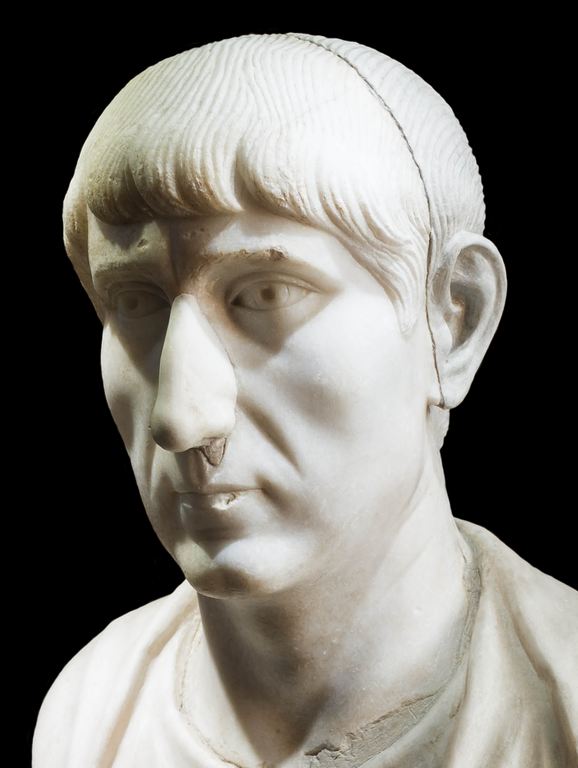The spread of Arianism
Constantius II
In 337 Constantius II, the third son of Constantine became emperor over Greece, Thrace, the Asian provinces, and Egypt in the east, while his brothers reigned the other parts of the Roman Empire.
Constantius actively promoted Arianism and convened councils (e.g., Sirmium in 347-375, Constantinople in 360) to enforce compromise creeds in favour of Arianism. He banned pagan sacrifices and closed temples but tolerated some pagan institutions (e.g., Vestal Virgins).
Constantius also enforced laws that restricted Jewish slave ownership and interfaith marriages, likely to favour state businesses over Jewish competitors.

Bishop Ulfilas
Ulfilas, a Goth raised in a Cappadocian Christian family, was consecrated as an Arian bishop by Eusebius of Nicomedia in 341. He translated the Bible into Gothic, creating an alphabet.
Constantius policies made it possible for Ulfilas to spread Arianism among the Goths (Visigoths and Ostrogoths), distinguishing them from Nicene Christians in the Roman Empire.